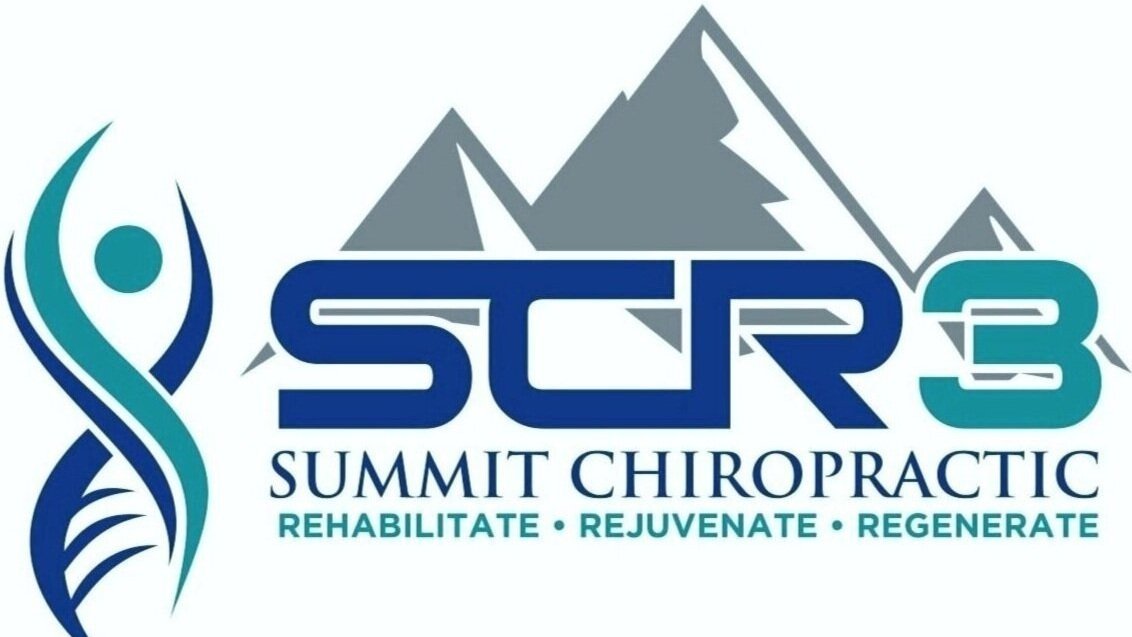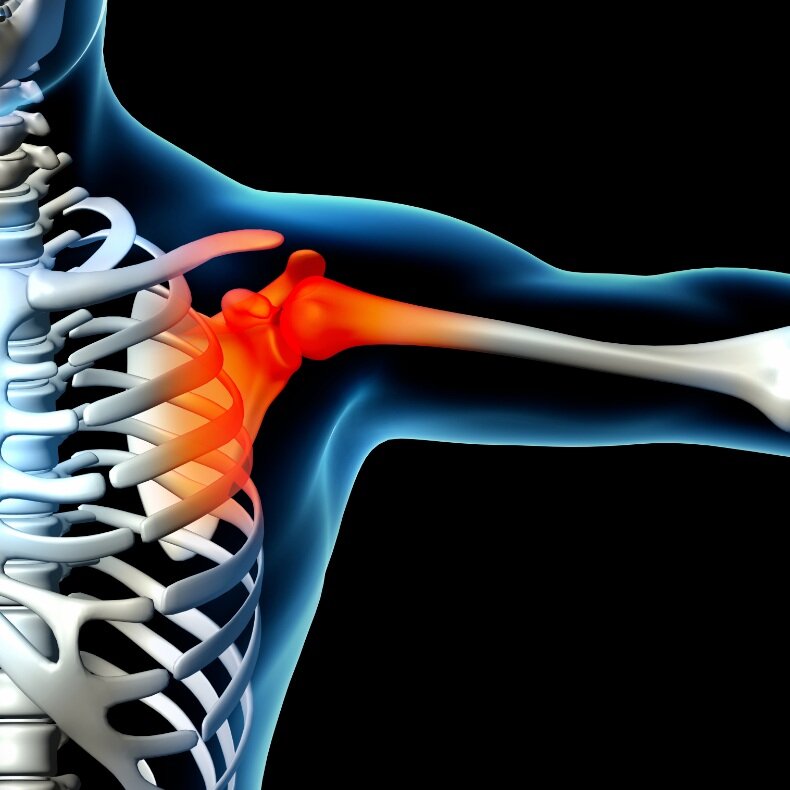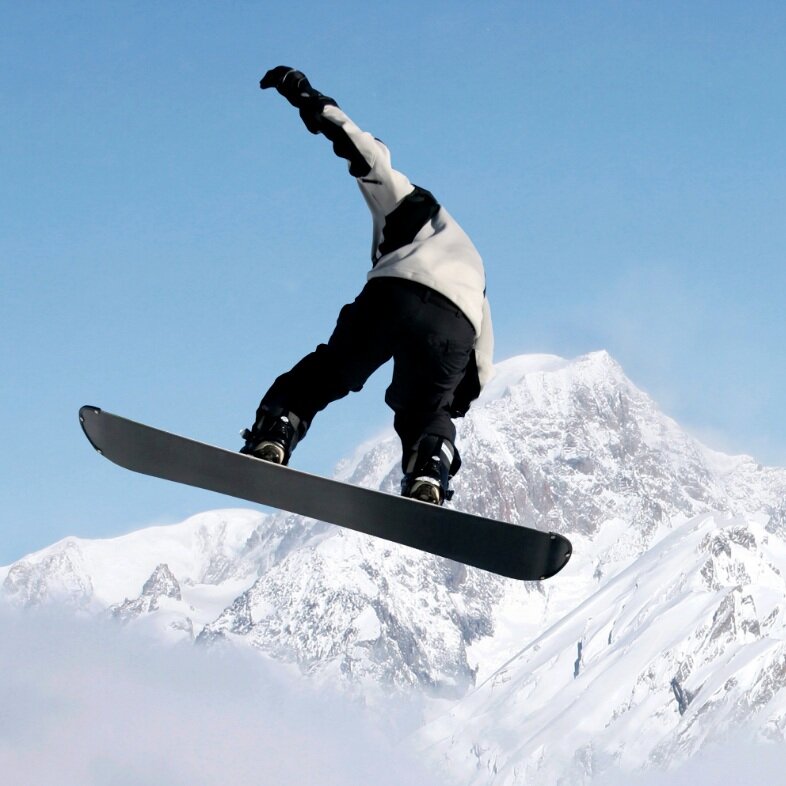Shoulder Injuries in Snowboarders
Shoulder injuries in snowboarders
Everyone recognizes that snowboarding isn’t the safest sport. Combining high speeds with strapping yourself onto a single slick piece of wood is a combination for tons of fun, and also high rates of injury. Even when compared to their two piece ski brethren, snowboarders still take up the majority of injuries sustained on the slopes. Made and Elmquist (2004) found that the rates of injury among snowboarders was threefold higher than among skiers. With the increasing rise of snowboarding popularity it is likely that this proportion still holds true or is even higher today.
There are many different injuries that can result from snowboarding, some researchers actually state that no place on the body is safe from injury in snowboarding. With that in mind, there are locations that represent a larger portion of injuries accrued by riders. The top of the list is the wrist, mostly because of falling onto an outstretched hand; called a FOOSH injury which you can read more about HERE. Falling onto an outstretched hand can also cause many injuries in the shoulder. The shoulder is the second most common location for injury in snowboarders, and also the topic of this blog post.
While falling on an outstretched hand is a very common way for the normal population to get injured, snowboarders are by no means the normal population. There is an interesting dichotomy between who gets injured while snowboarding. When looking at skill level in those that get injured it is often either the most accomplished and skilled riders that are performing jump, or beginners that simply fall onto their shoulders. The vast majority of injuries by skilled snowboard athletes are sustained while performing jumps either in the terrain park, or jumps on difficult terrain. A study performed in 2012 found that 43% of clavicle fractures sustained by snowboarders were in terrain parks, which is interesting considering that terrain parks take up only a small portion of resorts' total real estate (Kim et al., 2012). The fact that this study was done in 2012 is an important factor because terrain parks and performing aerial stunts have grown in popularity, and are likely representative of a larger portion of injuries than when the study was performed.
When we look at what snowboarders hit when injuring their shoulders, it seems as though the medium upon which we ride is the biggest culprit. Indeed about 92% of shoulder injuries sustained are as a result of hitting the snow surface, with a significantly lower percentage due to hitting trees and other riders.
Snowboarders typically injure their shoulders in a few different ways. . The most common serious injuries to the shoulder are clavicle (collarbone) fractures, shoulder dislocation, AC joint separation, and rotator cuff strain.
Snowboarders are not alone in having high rates of clavicle fracture. This is the most commonly fractured bone in the body, and is also very frequently fractured by mountain bikers and other cyclists. If the fracture is present but there is no displacement of the bone, then often immobilization for a period of 4-6 weeks can be effective in allowing the bone to heal on its own. With more serious displacement, surgery may be required to pin the bones back together so that they can heal properly.
Shoulder dislocations at the glenohumeral joint (where the humerus meets the scapula) are the most common form of dislocation that snowboarders experience. There can be many lingering effects after a dislocated shoulder is relocated. When the shoulder comes out of place, all of the connective tissues that once held it in place; the rotator cuff muscles, ligaments, and tendons of the rotator cuff all become loosened and can be damaged. This means that using exercises to re-strengthen these muscles should be a high priority before returning to full activity. There is an unfortunately high rate of dislocation recurrence in younger individuals (younger than 25 yrs) that experience a shoulder dislocation. The next form of dislocation is at the AC or acromioclavicular joint. Many refer to this as a “separated shoulder” because the flush connection between the collarbone and acromion looks separated.
The AC joint is a very important joint because it is the only true joint that connects the shoulder girdle to the body. AC joint separation is graded based on the severity of separation and damage to the capsule. Most AC joint separations can be managed without surgery, but can also result in a bump on the shoulder where the connection between the collarbone and acromion used to be flush against each other. Passive modalities like acupuncture and dry needling can help reduce pain and return to normal range of motion. Then it is important to properly strengthen and rehabilitate the shoulder in order to return to normal activities.
Rotator cuff tears occur frequently with falls and also especially with dislocations. Individuals over 40 have stiffer connective tissues and tendons than their younger peers, so the rate of rotator cuff tear is higher for them after a dislocation. A tear in the rotator cuff is not a sentence to surgery though. In fact over 90 percent of minor rotator cuff tears can be treated conservatively and without surgery. The rotator cuff actually acts as a sheet that surrounds the joint capsule. If there is a tear in the sheet then we can typically strengthen the areas around the tear in order to return to full capacity and function. Therapies that can assist with this process include spinal manipulation to restore normal kinematics and motion in the spine. Different needle therapies can help by speeding up the healing process, as well as increase the brain awareness and ability to utilize the healthy portions of muscle remaining.
Oftentimes even large falls can luckily result in only minor strains of muscle and sprains of the ligaments in the shoulder. When there are major injuries such as fractures or rupture of major connective tissue structures in the shoulder, then more invasive management may be required, but often times less serious injury can still lead to dysfunction, pain and disability. In this case having a medical professional guide you through the recovery process can be extremely rewarding and worthwhile.
Recovery from Injury is never a fun process, but if the process is done correctly it can be an opportunity to come back stronger than ever; with a greater appreciation and tenacity for your sport. If you are struggling with an injury or recovery from an injury, please reach out to see if we can help you get back to shredding better than ever before.
REFERENCES
Kim, Suezie, Nathan K. Endres, Robert J. Johnson, Carl F. Ettlinger, and Jasper E. Shealy. 2012. “Snowboarding Injuries: Trends over Time and Comparisons with Alpine Skiing Injuries.” The American Journal of Sports Medicine 40 (4): 770–76.
Made, C., and L-G Elmqvist. 2004. “A 10-Year Study of Snowboard Injuries in Lapland Sweden.” Scandinavian Journal of Medicine & Science in Sports 14 (2): 128–33.
Owens, Brett D., Christopher Nacca, Andrew P. Harris, and Ross J. Feller. 2018. “Comprehensive Review of Skiing and Snowboarding Injuries.” The Journal of the American Academy of Orthopaedic Surgeons 26 (1): e1–10.
Nicholas Hedges DC MS




